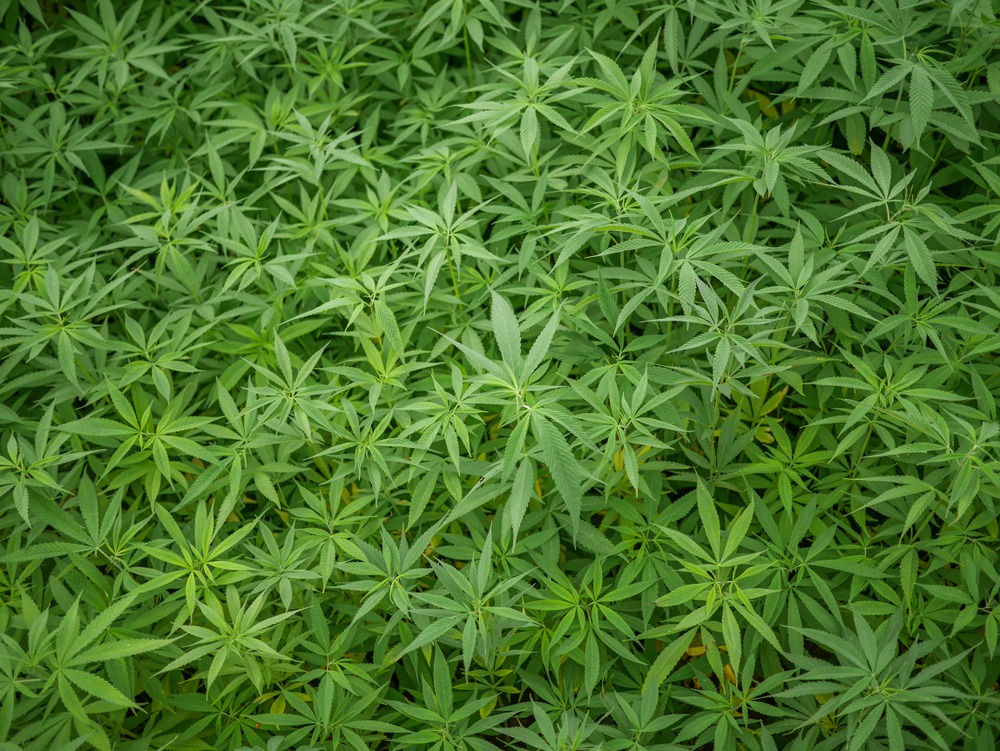As the cannabis industry continues to expand, growers are looking for ways to increase crop yield and quality. The margins for growers are still high, but as the cannabis market matures, growers with an eye on the numbers will be gravitating toward services that enable plants to reach their top-end genetic expression.
One area where scientific research is leading to tangible improvements is microbes—the bacteria, fungi, protozoa, and nematodes that live in soil and have a significant influence on plants’ health and development. The microscopic bacteria help plants absorb nutrients more effectively, fight off dangerous pathogens, promote recovery after bouts of disease, and assist the plan in digesting nutrients. As a result, microbes boost plants’ branching, budding, and flowering, as well as boosting the essential oils contained within the plant.
There are a number of startups applying biotechnology to cannabis cultivation, including Filament.Science. Its services use beneficial microbes to help farmers grow better crops.
To better understand microbiology, and how it can boost yields in future cannabis crops, we sat down with Filament Science founder, CEO, and chief scientist Christopher Townsend MacDonald, whose credentials include serving as an environmental scientist at the US EPA.
What are Microbial services?
Microbial services help growers leverage an often hidden growth engine for plants. It turns out that a concert of beneficial microbes work together within the plant’s root zone to break down and deliver nutrients in micro-doses, exactly when and where the plant needs them.
Increasing post-cured yield and top-end genetic expression is the objective. If the plant spends its resources building structure and flower, rather than defending against infestation, the grower can differentiate their product from mid- to high-grade.
A lot of people think of microbes as problem creators, which some are. Powdery mildew, for example, is a “bad” fungus.
However, there are literally tens of thousands of beneficial species that assist the plant, taking up valuable surface area on a plant which an infesting microbe might otherwise occupy.
Microbial services focus on measuring and building up healthy microbial populations. I like to think of them as the world’s first nano-robots. They take instruction from the molecules the roots put off. It’s fascinating micro-nature at work.
These are plant probiotics, working in many ways the same way kombucha and yogurt work in our own gut. Except, in this case, the biome is an ecosystem which operates in the “digestive tract” of the plant, namely the roots.
In the same way that microbes can make you sick when they are out of balance in your gut, plants get “sick” when their biome is out of balance.
How do you put beneficial microbes to work?
Microbial identification services sample the root zone area and measure the quantity and quality of these microbes. Once you are armed with this precision agricultural data, you can validate which microbes are working for your plant, helping the plant to ward off diseases and pests. Or, if populations are out of balance, you can take specific steps to reintroduce this powerful micro army of good guys.
The process involves selecting then reviewing a soil or medium sample, either on-site or in lab. The sample is diluted then assessed under a special kind of microscope designed to recognize living microbes. A good service will deliver the data in a way that is actionable, and help the farmer course correct immediately, in very specific ways.
Microbial services help growers leverage this oft-hidden growth engine for their plants. When beneficial microbes are at work within a plant’s root zone, they break down and deliver nutrients in micro-doses—exactly when and where the plant needs them.
How long have microbial services been in existence and where did the practice originate?
This sector has been in the making for about 3 billion years. I’m partly joking, of course. But, it’s important to remember that long before we have been on earth, the plant entered into a partnership with microbes, where together they each get the foods they need to reproduce and thrive.
Today, microbial identification services of beneficial microbes have been building alongside advances in science and genetics. In many ways, it’s an outgrowth of observations in the organic space.
The benefits of applying good biology to help plants go back to ancient agriculture but it was really hard to measure and therefore much easier to get it wrong.
What do microbial services actually do for cannabis cultivation?
Now that proven, scalable technology has been developed, conventional modern agriculture is just beginning to apply these techniques and with remarkable results.
Cannabis science is ahead of the curve, because the margins remain high and there’s a creative willingness to try new approaches. The beauty of this process is that it can be deployed in a personal grow, an urban garden, or even a huge high-efficiency modern farm with irrigation pivots.
How can microbial services reduce input costs?
Microbial identification services reduce input costs in several ways, like reducing the amount of fertilizer nutrients applied. A proper microbial balance can make fewer nutrients much more effective. They can also reduce and possibly even eliminate reliance on pesticides, herbicides, and fungicides. The microbes physically occupy the surface areas to which opportunistic organisms attach.
Does this service work as equally well indoors and outdoors?
Yes, I run an indoor controlled environment lab and measure excellent results both indoors and outdoors. Soil is an optimal growing substrate. However, significant results can occur in non-soil growing media with the right custom frequencies of microbial introductions. Because microbes need a safe environment in which to grow, best results are achieved when those populations don’t face stress from chemical applications.
Are there limitations to the scale of application?
Because the solution is highly scalable, there are no limitations outside the typical scaling resources of a productive commercial farm. The ROI with proper implementation is immediate. Results can certainly be obtained within a current growing cycle. By investing in a healthy microbial population, you can actually start to look at your soil as an appreciating asset, rather than a discarded cost.
How expensive is this service?
Due to the reductions of other inputs, the budget is not increased but rather decreased. If there is any resistance to microbial services, it’s usually a result of a misunderstanding, dogma, or heavy reliance on the folklore that is endemic to the cannabis industry. Introducing any new technology requires behavioral change, which should always be considered in the cost of human resources, for example. Sampling reports start at the sub $200 level, and there are often heavy volume discounts.
Are financial constraints the reason why many simply treat symptoms?
Symptomatic treatment is usually a function of how much loss a farmer is willing to wager. The successful growers de-risk their operations every step of the way–it’s never-ending, really. Growers who cost-out catastrophic loss due to pesticide test fails or disease usually are most excited to try out a new biological approach.
What is the future of microbial services?
We see a strong correlation with service increases as margins start tightening up over the next couple of years. Farmers who focus on the numbers are the ones who gravitate to these services quickest.
We are betting on three promising technology trends, and investing in all of them:
- Systems automation and a free flow of actionable data.
- Making microbe data trustable in the marketplace.
- Building a trust layer that relies on blockchain token systems to increase transparency and data reliability.
Microbial services offer a new way of looking at improving and maintaining plant health, as well as optimizing yield quantity and quality. Companies like Filament. Science continues to develop the technology undergirding microbial services, so growers can look forward to expanded access to low-cost methods for growing bigger, healthier, more potent plants.




